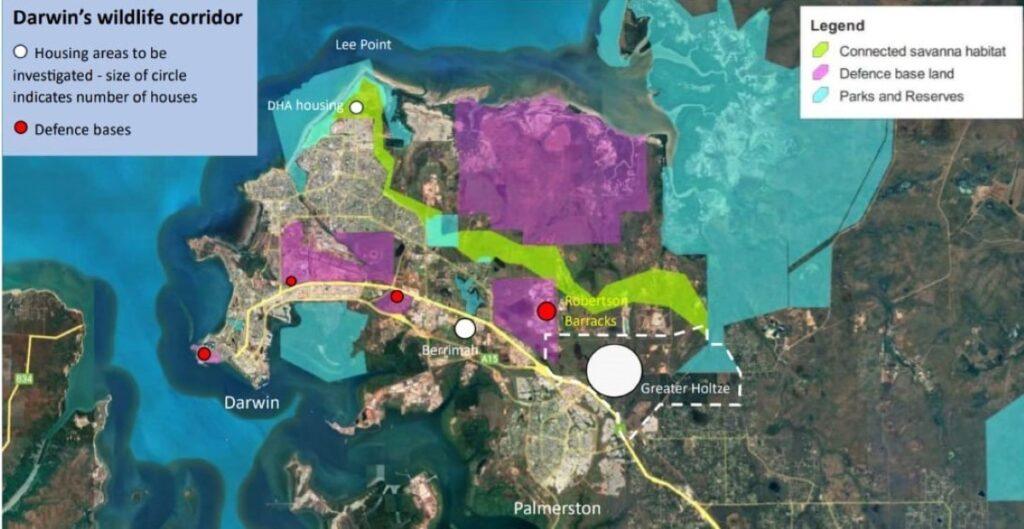
Greetings Friends, This monthly newsletter (No. 53) includes: Site evaluation needed, butterflies and moths, art and nature, quiz, plants and wildlife.
1.0 Site evaluation needed for DHA housing project
DHA breaches EPBC Act – No Australian Government owned organisation has paid an infringement notice for breaching the EPBC (Environmental Protection and Biodiversity Conservation) Act in the last 14 years, until now.
DHA paid an infringement notice in April 2025 worth $18,780.It was issued to DHA by the federal environment department for overclearing at Lee Point. The investigation into the breach would have cost far more than this.
Minister for Environment, Senator Murray Watts should not allow DHA to continue to threaten endangered species at Lee Point. Other sites need to be evaluated.
ABC News ran a story on DHA being fined.
DHA breaches NT Planning Act – NT’s Development Consent Authority (DCA) decided in Nov 2024 not to investigate DHA for the May 2024 breach, saying the breach was no longer continuing. In Dec 2024, FLP applied to NTCAT (a third party) to have the DCA decision reviewed. The review is continuing.
One thing is clear, DHA doesn’t follow rules and cannot be trusted with Lee Point. Please ring or email elected representatives, refer Government Contacts
Fig 1. Map of potential housing sites and Darwin’s Wildlife Corridor
Darwin residents have been extremely frustrated at the lack of available information on the public benefit of having the Defence Housing Australia (DHA) project located at Lee Point.
To help fill this information gap, a report is being prepared titled; “Preliminary evaluation of Berrimah (Northcrest), Holtze and Lee Point sites in Darwin for defence and community housing”. A draft report will be available in June 2025 and provided to the Minister for Defence.
Seven community groups requested that the Minister for Defence – Richard Marles keep the Lee Point works (Stage 2 and 3) works on pause until all options can be properly considered for public benefit.
Relocating and rescoping the Lee Point defence housing project highlights problems with using the Lee Point site.
Please ring or email elected representatives, refer Government Contacts
2.0 Butterflies and Moths
Many butterflies are species-specific in their host plant selection, meaning they will only lay their eggs on one or two species of plant, where their caterpillars (larvae) will then feed, grow and form their protective chrysalis while they metamorphose into adult butterflies.
Lee Point has three butterflies from the Junonia genus, all with eyespots designed to confuse predators. They are called Argus Butterflies – the name “Argus” comes from the Greek mythological figure, Argus Panoptes, a giant with many eyes.
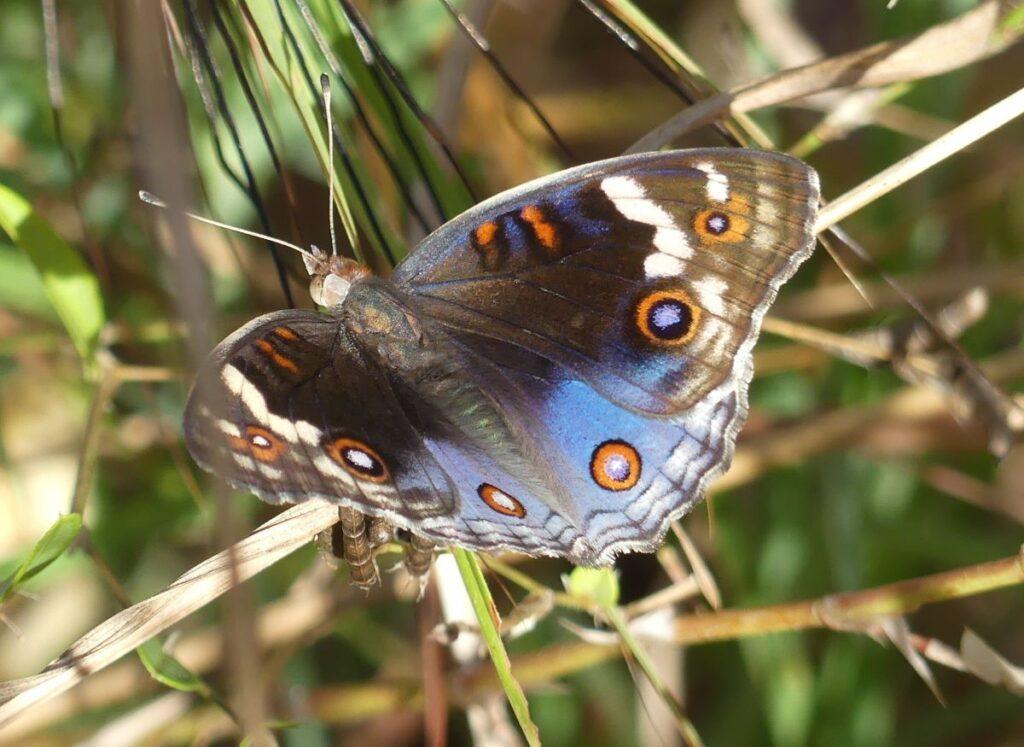
Fig 2. Blue Argus Butterfly (Junonia spp )
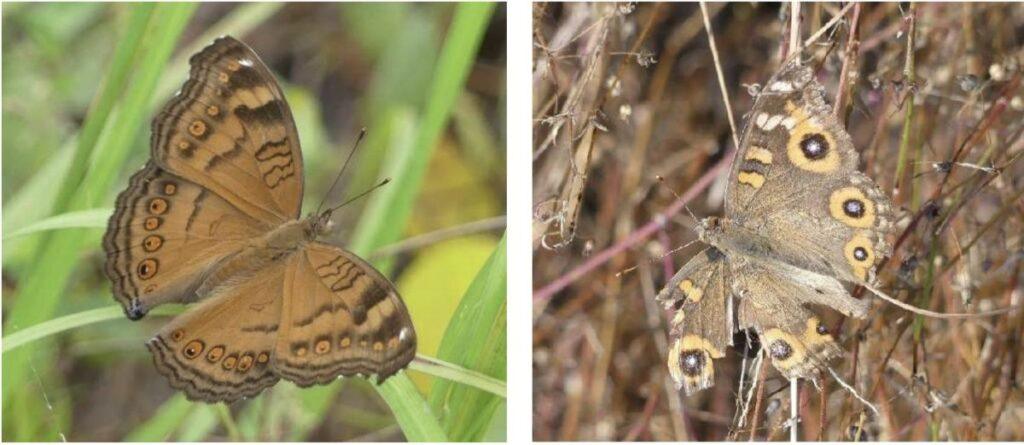
Fig 3. Chocolate Argus and Meadow Argus Butterfly (Junonia spp )
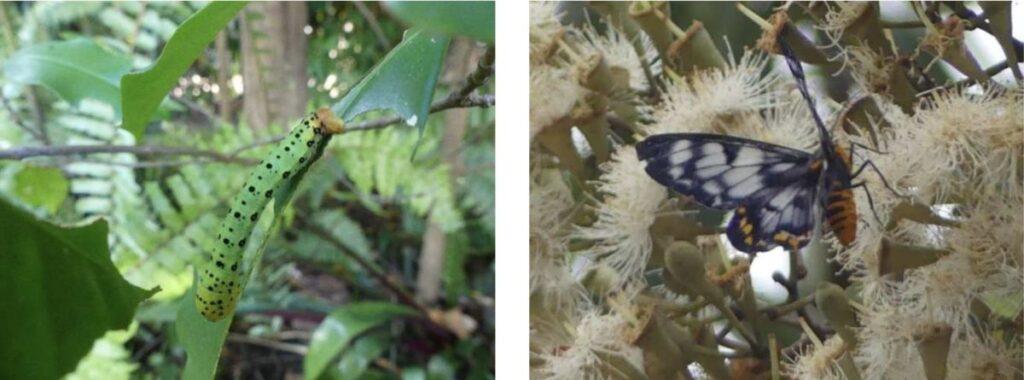
Fig 4. Four O’Clock Moth larvae eating a Bush Currant leaf (left), Four O’Clock Butterfly on a bloodwood at Lee Point (right).
One of the few plant species that support the larvae of this beautiful day flying moth is Bush Currant (Carallia brachiata). It is an attractive shade tree that does well in Darwin gardens.
3.0 Art and nature
Lee Point/Binybara Camp 27 April – An enjoyable Sunday evening was spent listening to live music and a variety of good speakers. A tasty BBQ was held afterwards.
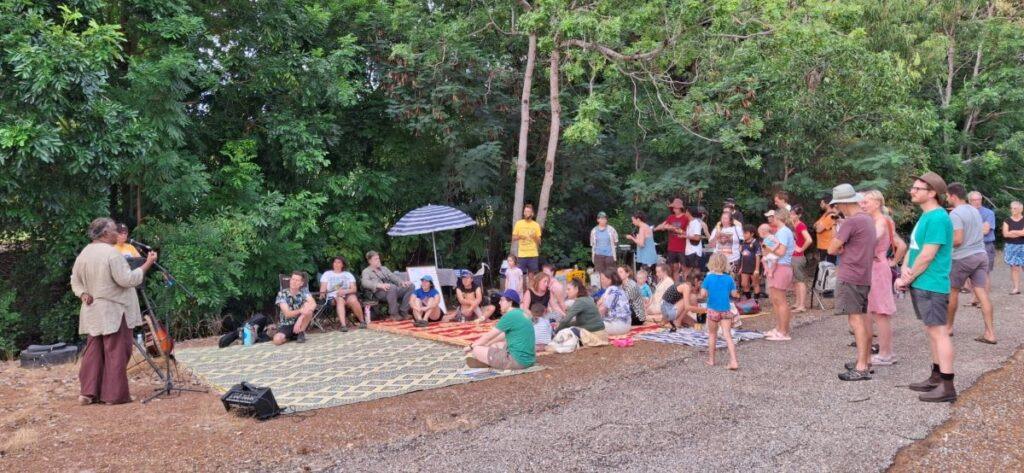
Fig 5. Crowd listening to Larrakia Danggalaba elder – Lorraine Williams at Binybara Camp.
Seabreeze Festival 10 May – A fun Saturday evening was had painting Gouldian’s and the odd rat.

Fig 6. Seabreeze Festival – painting gouldians.
Paintathlon 24 May – an enjoyable and productive event was held Saturday 3-5pm painting Gouldian posters at the Darwin Community Arts in Coconut Grove.
Nature recovers if given half a chance – People believe the Lee Point Biodiversity Corridor will remain functional if the cleared areas are left to naturally regenerate and the weeds are controlled.
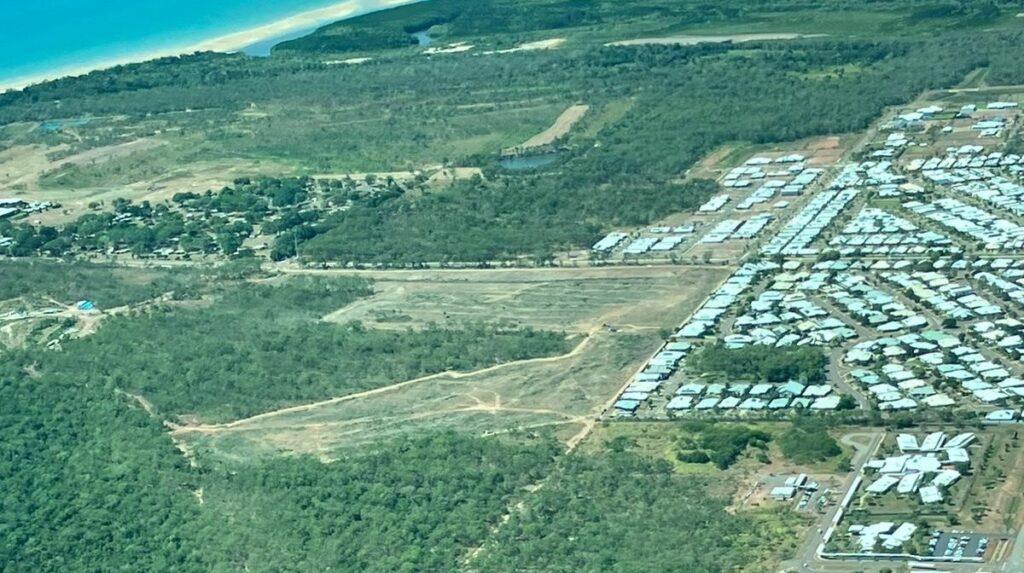
Fig 7. Lee Point Biodiversity Corridor in May 2024 – Stage 2 (next to Lee Point Road) and Stage 3 (in foreground) after bulldozing works.
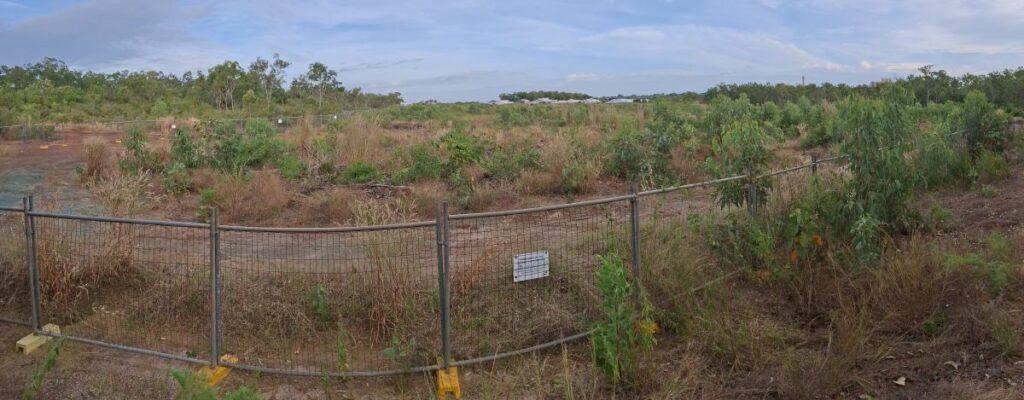
Fig 8. Stage 3 regrowth – May 2025
Stage 2 is recovering as well. However, it will take more time than Stage 3 as the trees were bulldozed into windrows.
4.0 Quiz
Q1. There are about 22,000 species of butterflies and moths in Australia. What percentage of them are butterflies?
5.0 Plants and Wildlife
The wattles have been flowering this month at Lee Point.

Fig 9. Elephant Ear Wattle (Acacia spp)
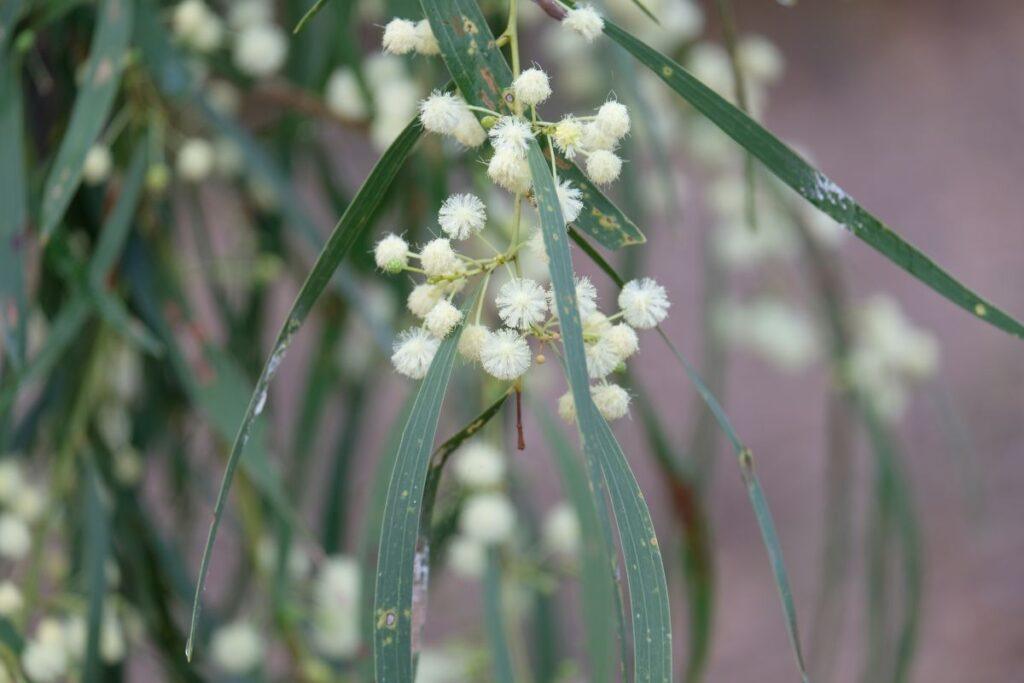
Fig 10. Ball Wattle (Acacia spp)

Fig 11. White-breasted Woodswallows
Favourite Food: Flying Insects
Woodswallows appear at the start of the dry season.
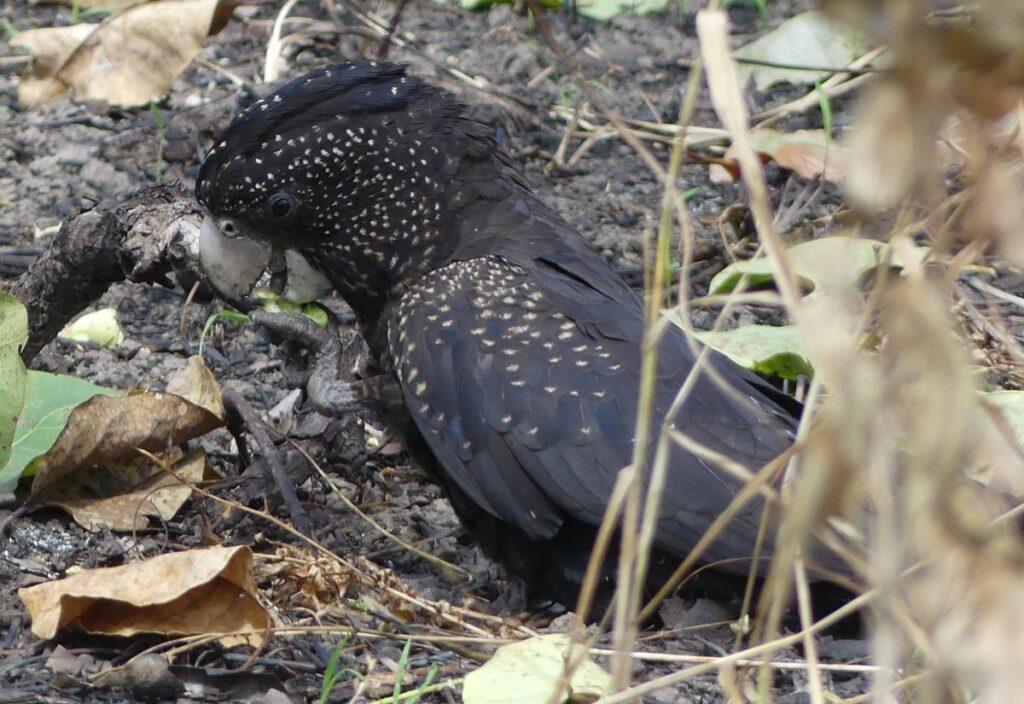
Fig 12. Red-Tailed Black Cockatoo (female)
Favourite Food: Seeds (especially toasted)
Read more on Black Cockatoos.
Wilderness Walks
Wilderness Walks record between 25 to 50 bird species(depends on time of year), refer ebird for latest sightings. Please check Friends of Lee Point Facebook for times.
No Gouldian Finches have been photographed this year. However, the number of finches has increased recently so we are still hopeful.
Enjoy the dry season
Answers to Quiz
